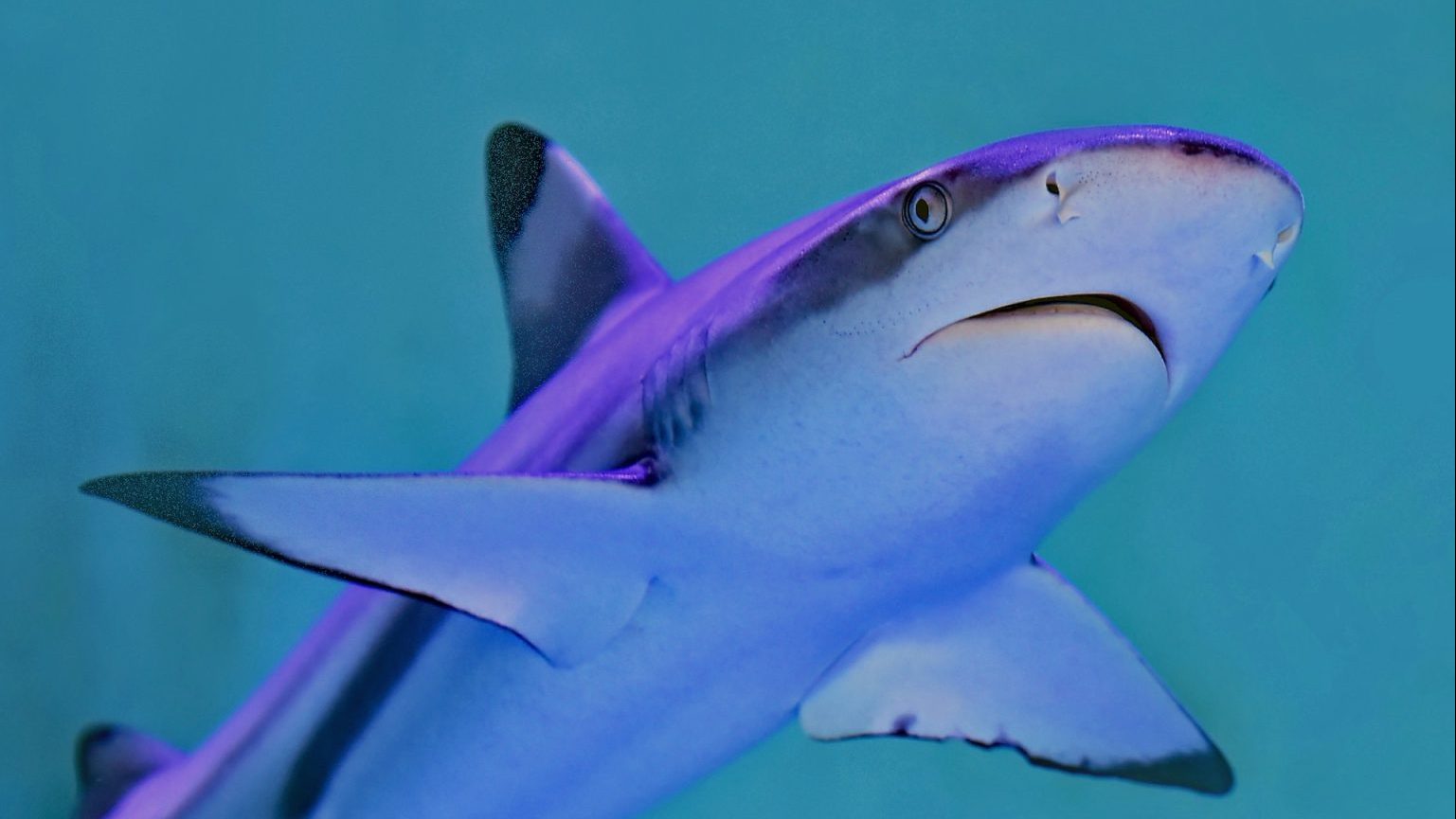The Faux Pas of Foie Gras

What is the Big Idea?
Attention foie gras lovers: your favorite French delicacy will now be made in China. The world’s largest goose farm and foie gras factory will open in China on the banks of Poyang Lake in the Jiangxi Province, according to the Economic Observer. And if that wasn’t enough international hands in the pot, Creek Project, and American Investment company will put $100 million dollars into the venture.
The planned farm will raise around two million geese and eight million ducks annually. China currently produces about 1,000 tons of foie gras each year, double its output in 2006. France still remains No. 1 in this market with about 20,000 tons a year.
Read the article here, translated into English.
What is the Significance?
Geese are subjected to the process of gavage, where they are force fed corn in order to fatten up their livers. Germany and Poland have outlawed the practice. After 2019, the European Union will ban the cuisine altogether. California currently prohibits the sale of foie gras.
But what’s bad for the goose is also bad for the gander, as well as the consumer. The forced feeding is not only harming the animals, but also the humans who eat the foie gras.
“When a physical entity suddenly receives a large quantity of food, the liver quickly becomes exhausted and this causes them to produce large amounts of trace toxins,” the nutrition expert Yu Li explained to the Economic Observer.
It gets worse.
“The corn that is used in the West to feed the geese or ducks is clean. In China, corn is often moldy. It contains cancer-causing aflatoxin. This is commonly detected by China’s food industry and commerce departments. Geese or ducks subject to such a diet will be very unhealthy,” Zhou stated.
Foie gras is joining the list of other controversial gourmet food items coming from China, like bird’s nest soup and shark fin soup, which may soon be banned from New York state.
Health hazards aside, the uptick of foie gras factories in China shows that Chinese consumers’ love for luxury goods is extending to the culinary world. Italian wine exports to China are on the rise, so much so that it’s creating a knockoff wine market. Even truffles, the French fungus touted as the most expensive food in the world, has counterfeit cousins in the Chinese black market.
Chinese consumers have embraced products from western countries and they’re especially fond on luxury goods, according to a report by McKinsey & Company. By 2020, China’s consumption will double to $4.8 trillion, making it the second largest consumer market after the U.S.
Photo courtesy of Shutterstock.com





